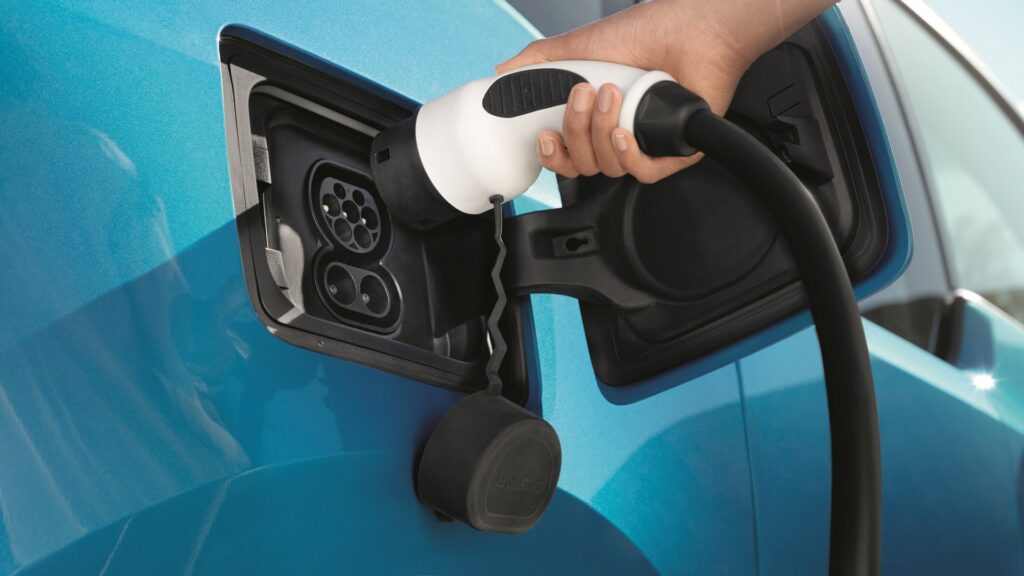Introduction:
In the midst of a transformative era prioritizing sustainability, electric vehicles (EVs) have become the pioneers of innovation in the transportation sector. With their commitment to zero emissions and professional technology, EVs are reshaping the automotive landscape. Yet, to fully harness the potential of electric mobility, addressing the infrastructure supporting these vehicles is paramount. A key aspect of this infrastructure is the installation of electric vehicle chargers. In this blog post, we’ll explore the fundamentals of Electric Vehicle (Ev) Charger Installation, covering the significance, various types, and key considerations for a seamless experience.
Meeting the Growing Demand for EV Charging Stations:
As the global transition towards electric mobility accelerates, the demand for efficient charging stations is on the rise. Governments, businesses, and individuals alike are recognizing the importance of expanding charging infrastructure to facilitate widespread EV adoption. The installation of EV chargers not only aligns with environmental sustainability goals but also enhances the accessibility and convenience of electric vehicles.

Diverse Types of Electric Vehicle Chargers:
- Level 1 Chargers:
- Utilizes standard household outlets (120V).
- Provides slow, overnight charging.
- Primarily suited for residential use.
- Level 2 Chargers:
- Requires a 240V outlet.
- Offers faster charging compared to Level 1.
- Suitable for both residential and commercial settings.
- Widely utilized in public charging stations.
- DC Fast Chargers:
- High-powered chargers.
- Utilizes direct current (DC) for rapid charging.
- Predominantly found in commercial and public locations, facilitating quick charging for longer journeys.
Key Considerations for Seamless EV Charger Installation:
- Location:
- Evaluate its proximity to power sources.
- Ensure accessibility for users.
- Strict adherence to local regulations and zoning requirements.
- Power Capacity:
- Confirm that the electrical system can meet the charger’s power requirements.
- Potential need for upgrading electrical panels to accommodate higher capacity.
- Permitting and Compliance:
- Obtain necessary permits from local authorities.
- Adhere rigorously to building codes and regulations.
- Network Connectivity:
- Consider smart chargers with network connectivity for efficient monitoring and management.
- Enables user authentication and streamlined payment processing.
- Future-Proofing:
- Anticipate future growth in EV adoption.
- IImplement scalable infrastructure to cater to increasing demand.
Advantages of EV Charger Installation:
- Environmental Impact:
- Mitigates greenhouse gas emissions.
- Contributes significantly to sustainable transportation practices.
- Economic Opportunities:
- Stimulates job creation within the renewable energy and technology sectors.
- Acts as a catalyst for local economic development.
- Convenience and Accessibility:
- Simplifies the charging process for EV owners.
- Enhances the overall appeal of electric vehicles.
Conclusion:
The installation of electric vehicle chargers plays a pivotal role in fostering the widespread adoption of electric mobility. As we advance towards a cleaner and more sustainable future, investing in charging infrastructure is not just a necessity but an opportunity to lead in a transformative industry. Whether you’re a homeowner, business owner, or city planner, taking the initiative to install electric vehicle chargers contributes to a greener, more sustainable tomorrow. Let’s charge forward for a cleaner better future!

